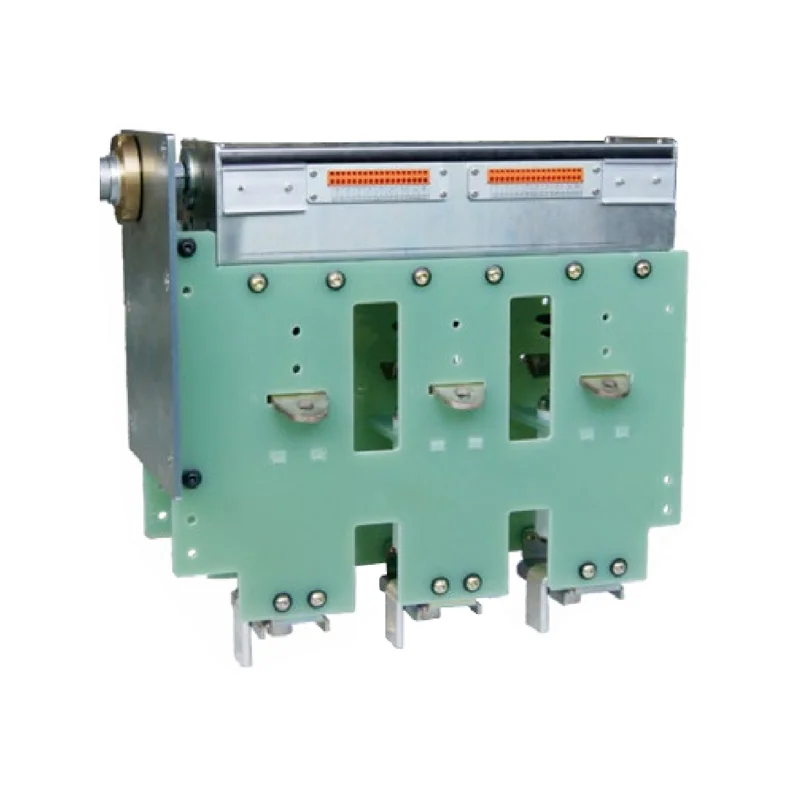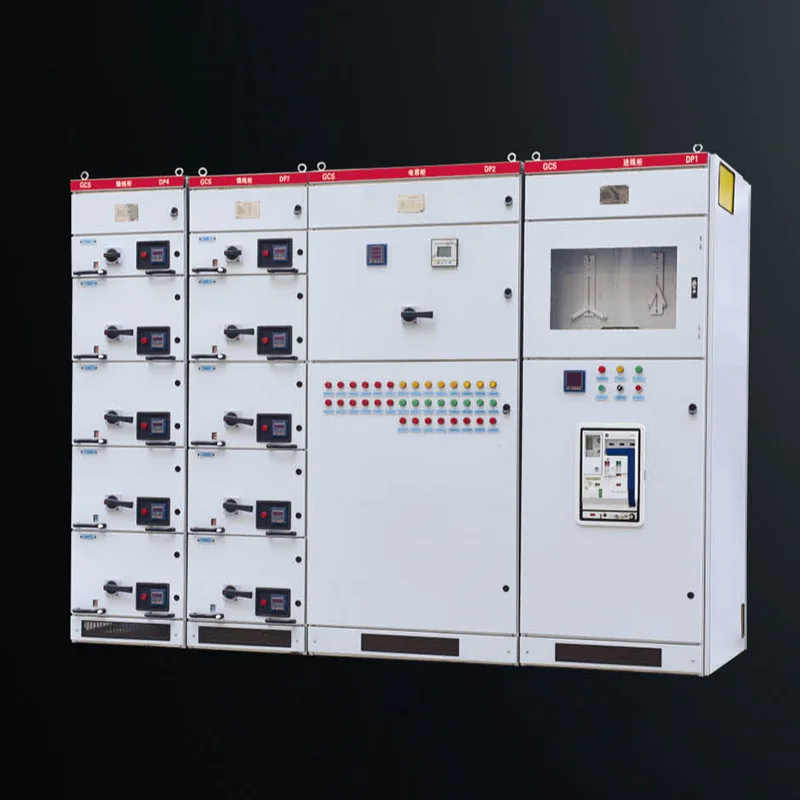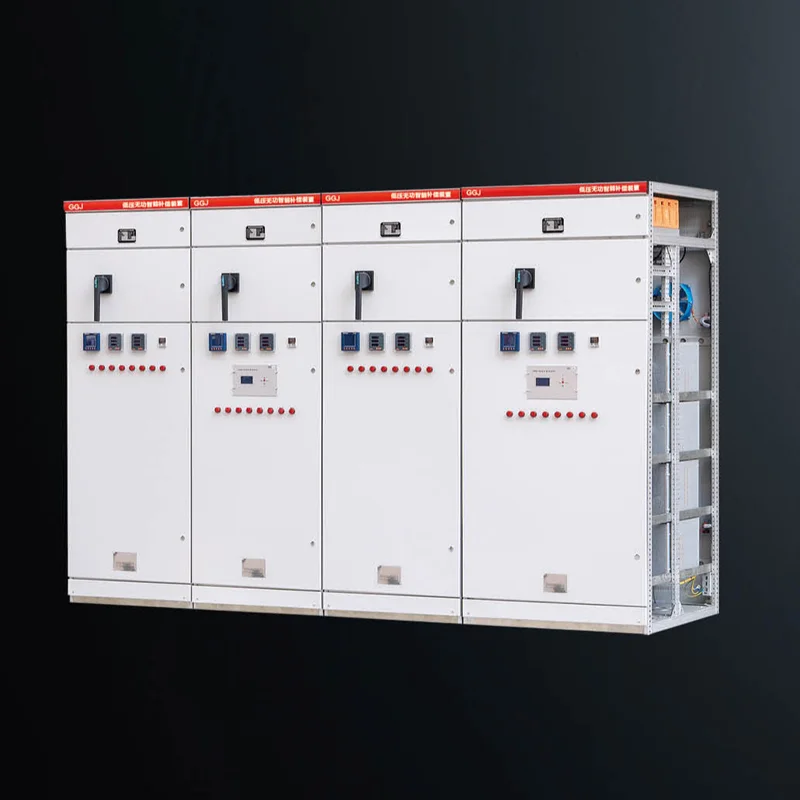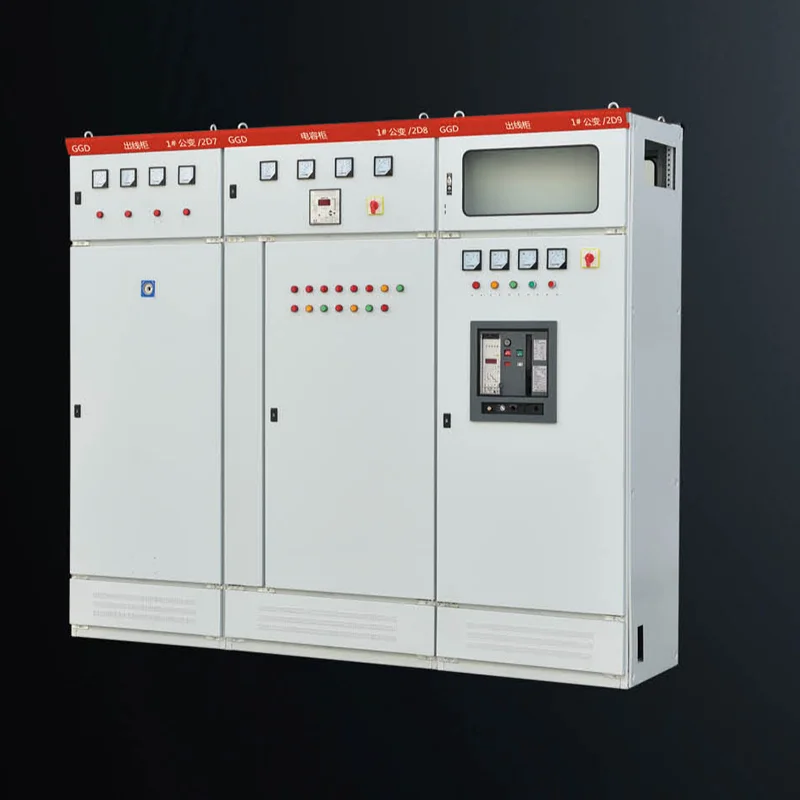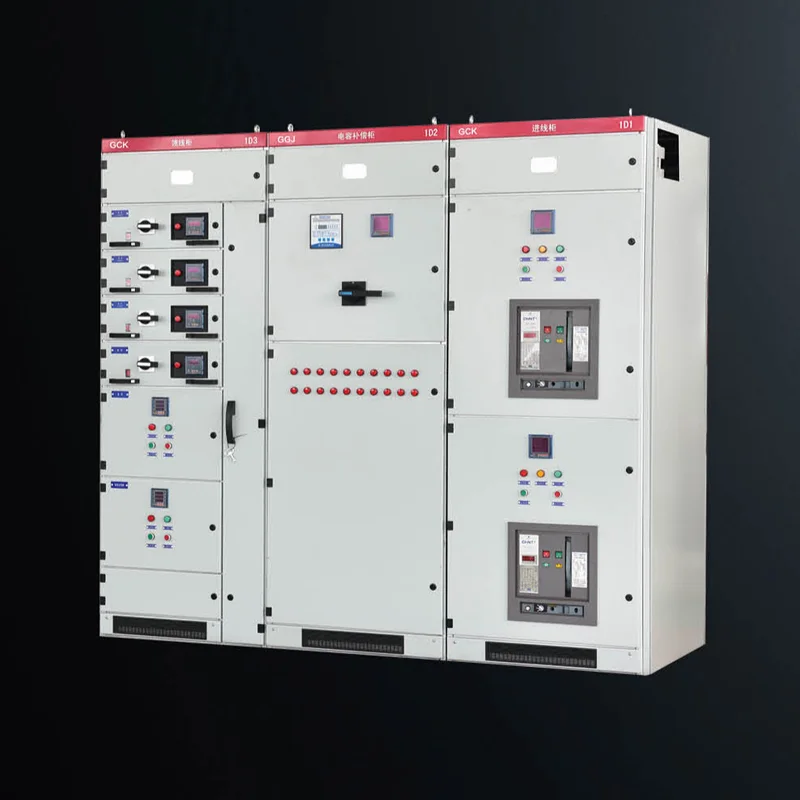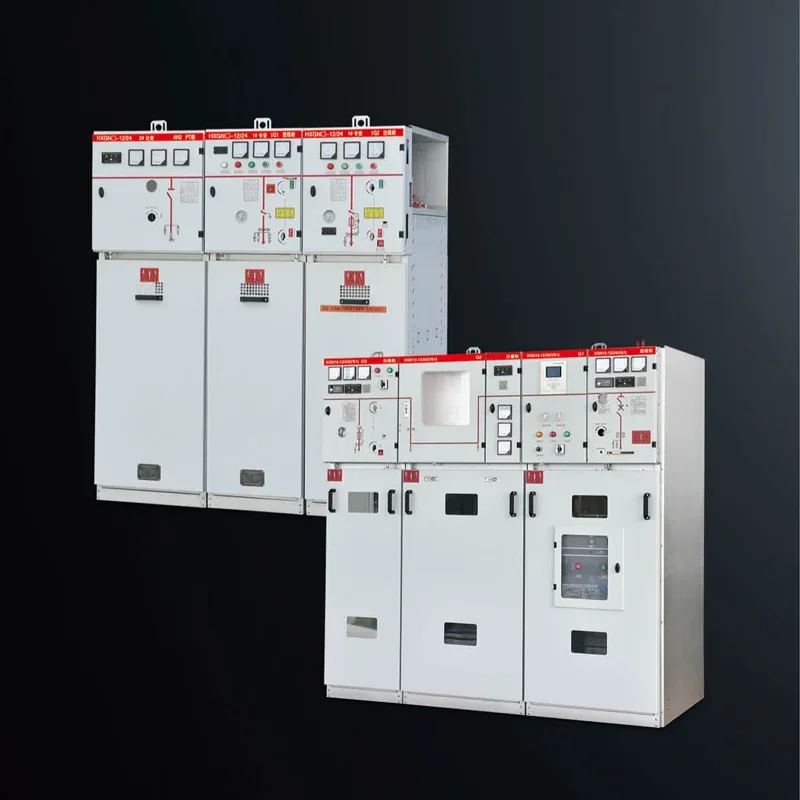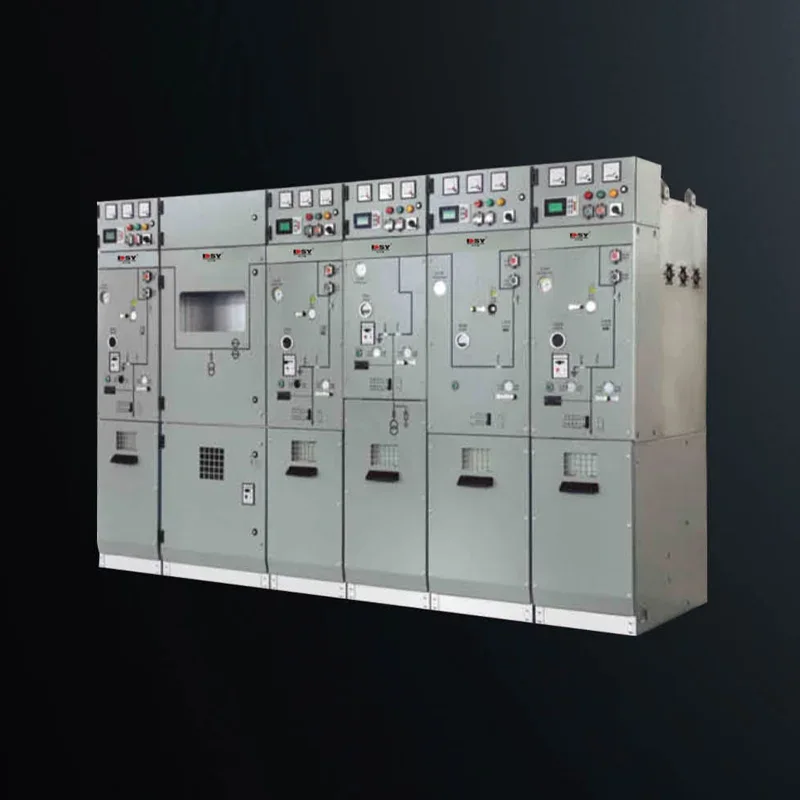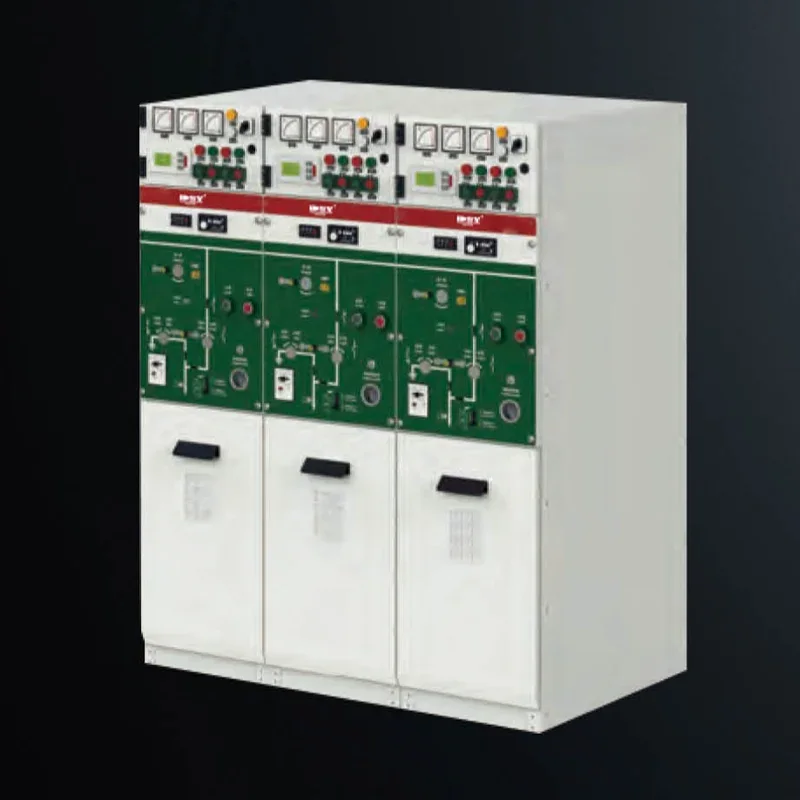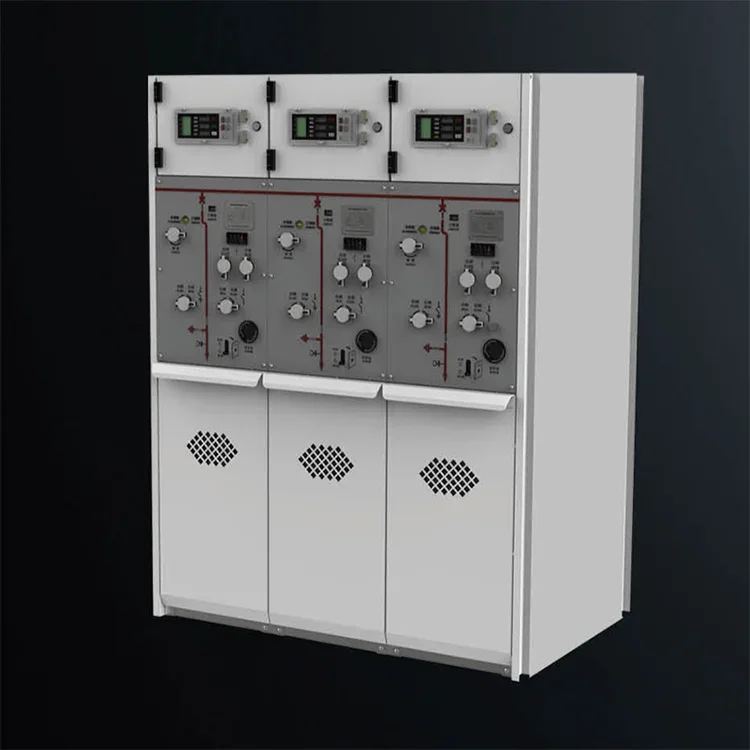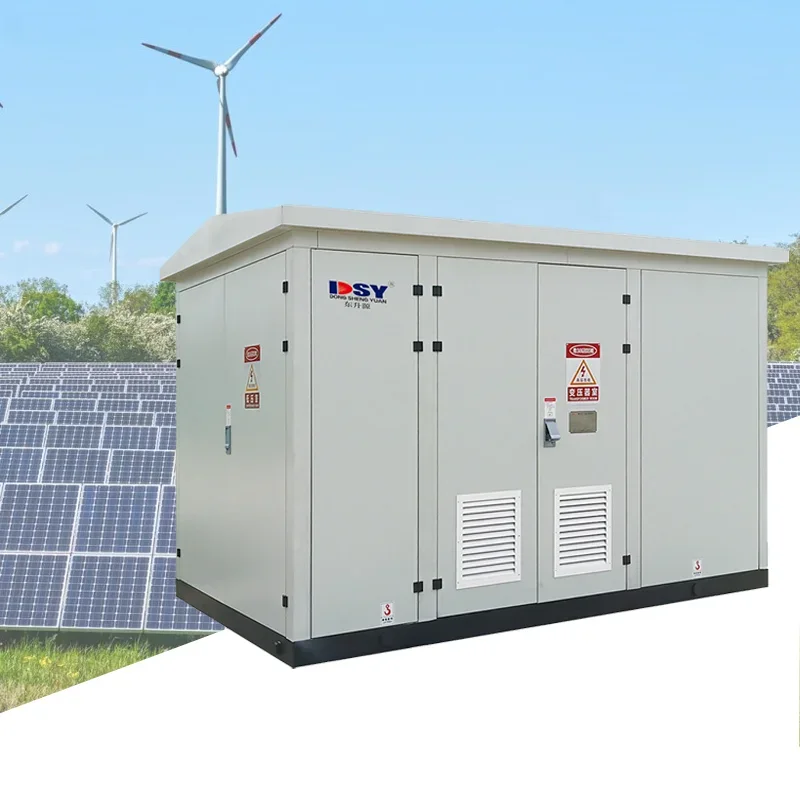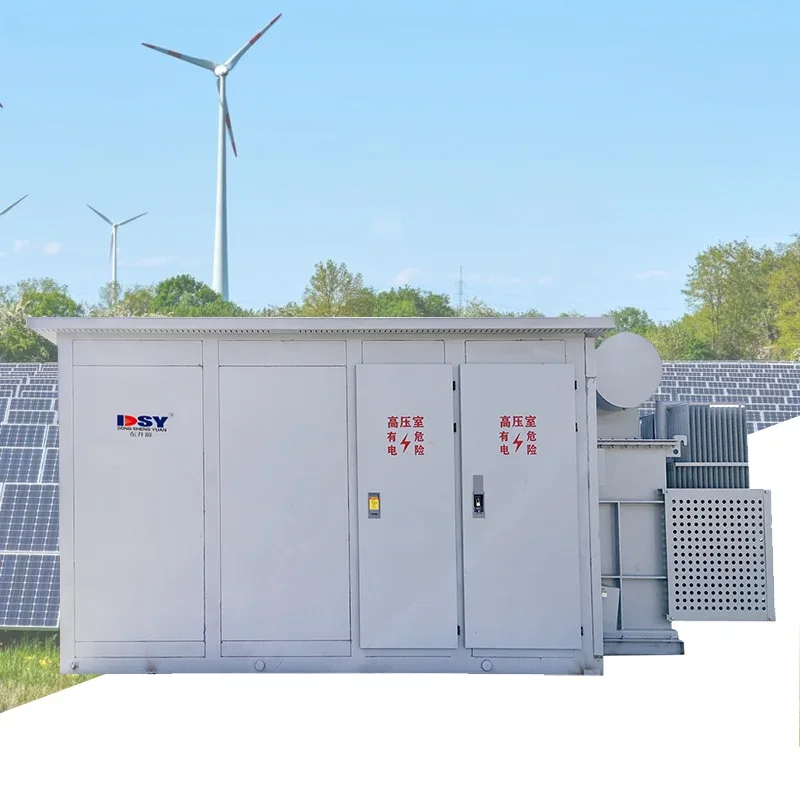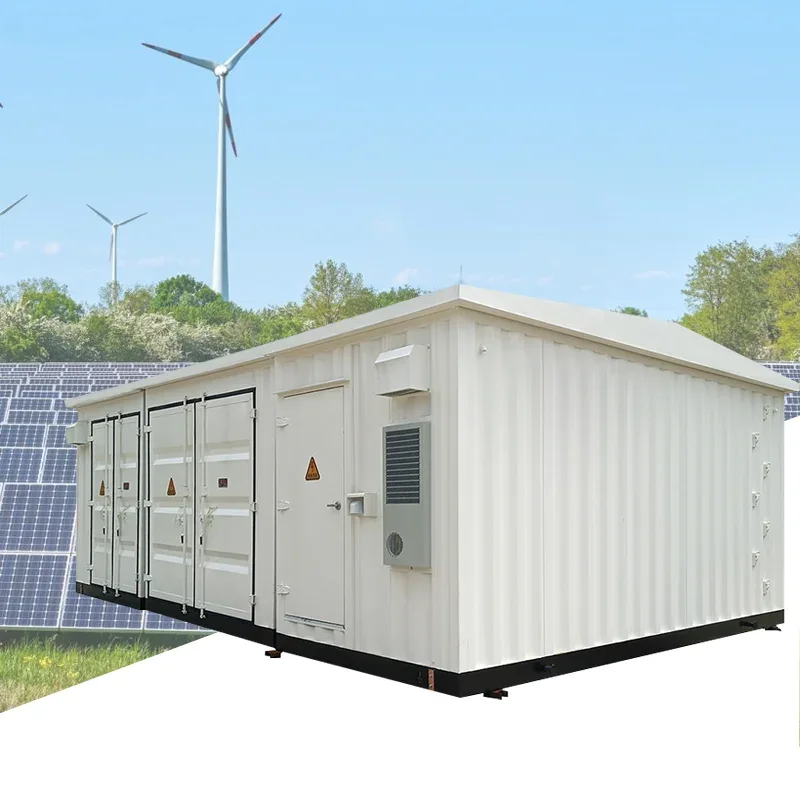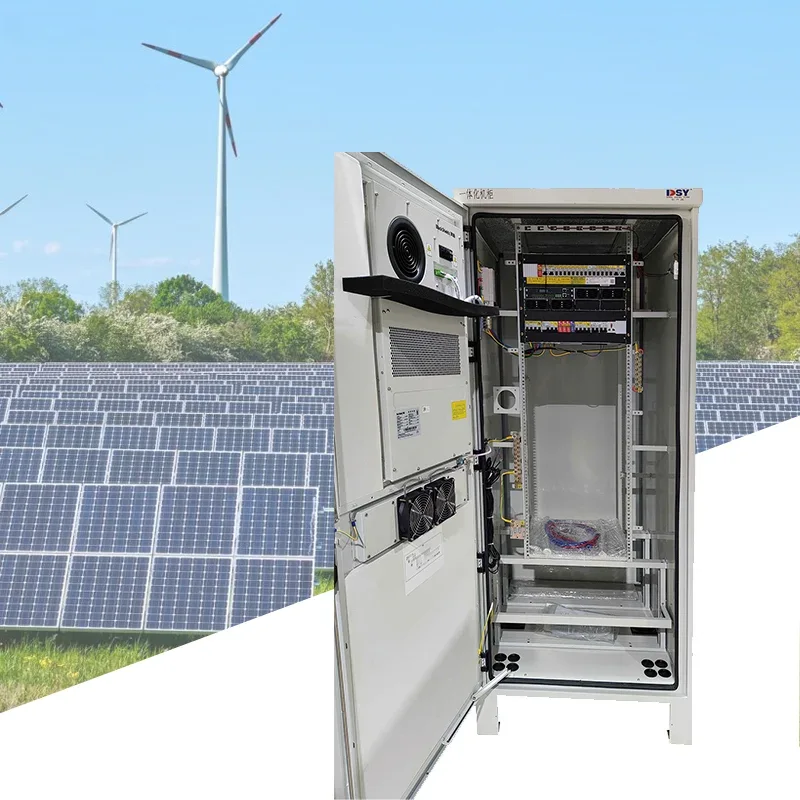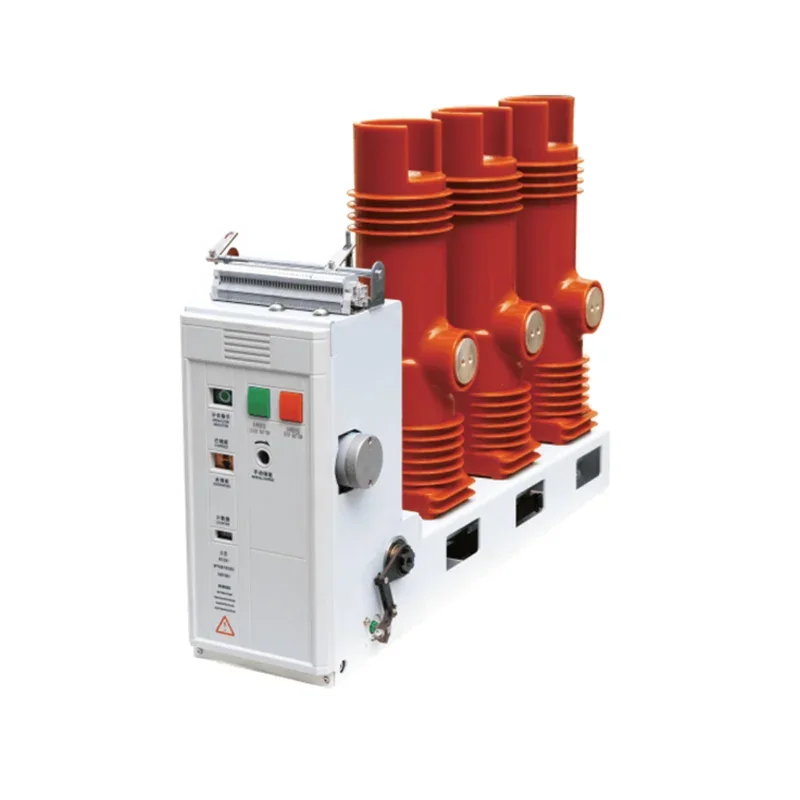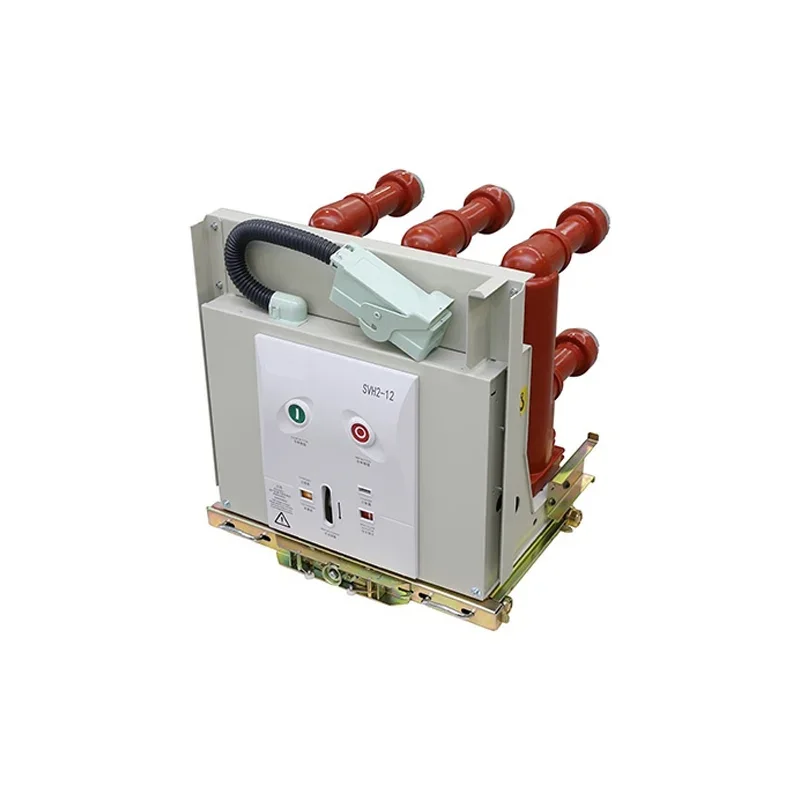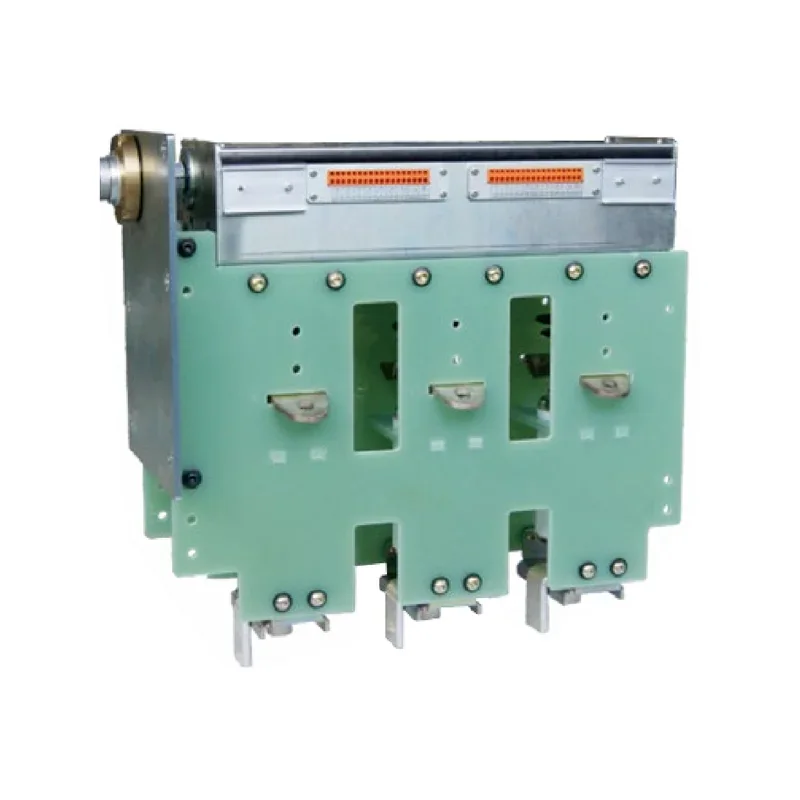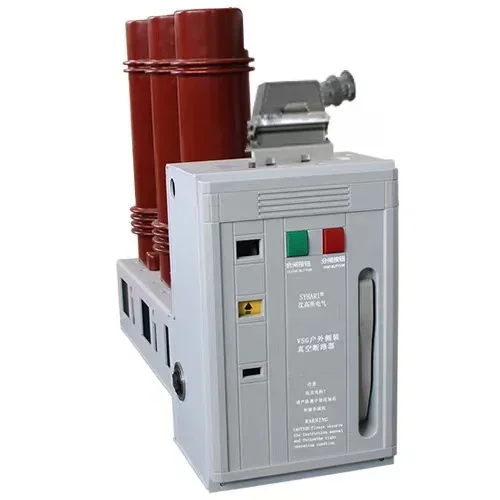How Ring Main Unit Switchgear Enhances Network Hardware Performance
Introduction to Ring Main Unit Switchgear In the realm of network hardware, the **Ring Main Unit (RMU) Switchgear** is an unsung hero. Often overlooked, this essential component is pivotal for ensuring robust and efficient network operations. The RMU is specifically designed to manage electrical distribution in various settings, ranging from urban substations to commercial buildings. By facilitati
Jul 23,2025
Introduction to Ring Main Unit Switchgear
In the realm of network hardware, the **Ring Main Unit (RMU) Switchgear** is an unsung hero. Often overlooked, this essential component is pivotal for ensuring robust and efficient network operations. The RMU is specifically designed to manage electrical distribution in various settings, ranging from urban substations to commercial buildings. By facilitating the seamless flow of electricity, it ultimately enhances the overall performance of network hardware.
Understanding the Basics of Ring Main Unit Switchgear
Before we delve deep into the performance enhancements provided by RMU switchgear, it’s crucial to understand what it is and how it functions.
1. What is RMU Switchgear?
**Ring Main Unit Switchgear** is a type of electrical distribution system that allows for the safe distribution of electrical power. It typically includes circuit breakers, switches, and other protective devices that manage the flow of electricity in a closed-loop manner.
2. Key Components of RMU Switchgear
An RMU consists of several vital components that contribute to its effectiveness:
- **Circuit Breakers:** These protect the network from overloads and short circuits.
- **Load Break Switches:** These allow for the safe operation of electrical circuits.
- **Fuses:** These act as a secondary layer of protection against electrical faults.
- **Busbars:** These conduct electricity within the switchgear.
The Role of RMU in Network Hardware Performance
1. Enhancing Efficiency
One of the primary advantages of using RMU switchgear is its ability to enhance the efficiency of network hardware. By ensuring stable and consistent power supply, RMU minimizes downtime, thereby allowing network devices to operate at optimal levels.
2. Improving Reliability
Reliability is paramount in any network infrastructure. RMUs provide several features that bolster reliability:
- **Redundancy:** The design of RMUs often includes multiple power sources, allowing for uninterrupted power supply even if one source fails.
- **Automated Monitoring:** Many modern RMUs come equipped with monitoring systems that detect faults and alert operators immediately, reducing response time for repairs.
3. Safety Protocols and Protection
Safety is a crucial aspect of network operations. RMU switchgear incorporates advanced safety mechanisms to protect both the hardware and personnel. These include failsafe mechanisms that activate during overload or faults, preventing damage to the equipment.
Benefits of Implementing RMU Switchgear in Network Systems
1. Cost-Effectiveness
While the initial investment in RMU switchgear may seem substantial, the long-term savings it provides are significant. Reduced downtime and maintenance costs lead to overall savings for organizations.
2. Scalability
As businesses grow, their power requirements often change. RMU switchgear can be easily scaled to meet these new demands without needing to overhaul the entire electrical system.
3. Improved Power Quality
Inconsistent power quality can severely impact network performance. RMUs help to ensure clean and stable power delivery, reducing the risk of hardware malfunctions caused by voltage fluctuations.
Implementation Considerations for RMU Switchgear
1. Site Assessment
Before implementing RMU switchgear, a thorough site assessment is necessary. This process involves evaluating the existing electrical infrastructure and determining the optimal location for installation.
2. Choosing the Right RMU Type
There are different types of RMU switchgear available, each designed for specific applications. Organizations must choose the type that best suits their network requirements. Common types include:
- **Indoor RMU:** Ideal for limited spaces and urban settings.
- **Outdoor RMU:** Designed to withstand environmental elements, perfect for substations.
3. Professional Installation
Installation should be carried out by qualified professionals to ensure compliance with safety standards and optimal performance.
Maintenance Best Practices for RMU Switchgear
1. Regular Inspections
Routine inspections are vital for identifying potential issues before they escalate. This includes checking connections, cleaning components, and testing safety features.
2. Predictive Maintenance
Utilizing predictive maintenance techniques can help in forecasting potential failures based on historical data, allowing for timely interventions.
3. Documentation and Reporting
Maintaining comprehensive records of inspections and maintenance can help organizations stay compliant with regulations and improve the longevity of their RMU switchgear.
Future Trends in RMU Switchgear Technology
1. Smart Technology Integration
As networks become increasingly digitized, the integration of smart technologies in RMU switchgear is becoming more prevalent. This allows for real-time data collection and analysis, further enhancing performance.
2. Eco-Friendly Solutions
With the growing focus on sustainability, manufacturers are developing eco-friendly RMU options that reduce energy consumption and minimize environmental impact.
FAQs About Ring Main Unit Switchgear
1. What is the primary function of RMU switchgear?
RMU switchgear primarily manages and distributes electrical power while ensuring safety and reliability in network systems.
2. How does RMU switchgear improve network reliability?
By providing redundancy and automated monitoring, RMUs enhance the reliability of the power supply to network hardware.
3. What types of environments are suitable for RMU switchgear?
RMUs can be installed in various environments, including urban settings, commercial buildings, and outdoor substations.
4. How often should RMU switchgear be inspected?
Regular inspections should be conducted at least once a year, although more frequent checks may be necessary depending on usage and environmental conditions.
5. Can RMU switchgear be integrated with renewable energy sources?
Yes, modern RMUs can be designed to integrate seamlessly with renewable energy sources, promoting sustainability in power distribution.
Conclusion
The **Ring Main Unit Switchgear** is a cornerstone of effective network hardware performance. By enhancing efficiency, improving reliability, and ensuring safety, RMUs play a vital role in today's increasingly digital landscape. Investing in this technology is not just about immediate benefits; it's about future-proofing your network infrastructure. Organizations that prioritize RMU switchgear are better equipped to handle the challenges of modern networking, ensuring their operations remain smooth and uninterrupted. Embrace the power of RMU switchgear and watch your network performance soar.
Related News
From June 5th to 8th, 2025, Shenzhen Dongshengyuan Electrical Equipment Co., Ltd. (hereinafter referred to as "Dongshengyuan Electric") participated in the Southeast Asia Electricity and Energy Exhibition (SEAPAE) held in Jakarta, Indonesia. During the exhibition, the company highlighted its three core product lines: high-voltage and low-voltage distribution switchgear, intelligent circuit breakers, and environmentally friendly load switches. These products are designed to provide targeted solutions for the high temperature and high humidity environments commonly found in Southeast Asia, as well as the growing demand for new energy access. They have successfully attracted over 200 industry customers for business negotiations.
The difference between circuit breakers and vacuum circuit breakers
Circuit breaker is an abbreviation for pole type circuit breaker. Circuit breakers are also vacuum circuit breakers

